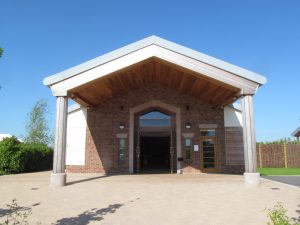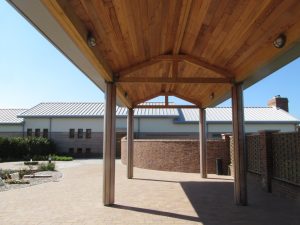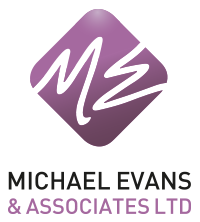Design Aims
We believe that client satisfaction is paramount. Our commitment is to meet your requirements in terms of client objectives, quality, budget and time scales using economic, practical solutions. We have a dedicated policy of solving our clients needs and problems by using innovative and forward thinking ideas yet maintaining commercial awareness.
The Company have a broad base of experience in these sectors, particularly in relation to the following fields:
• Railway signalling and ancillary works, quarrying plant and conveyor systems
• Housing Rehabilitation
• New Build Housing
• Commercial & Industrial Projects
• Roads, Drainage Works and Site Infrastructure
• Demolition
• Structural Investigations and Reports
• Specialist Foundation Systems
Michael Evans and Associates Ltd is a highly professional team , which is able to mobilise its experience and resources in a prompt and efficient manner to the benefit of its clients.
Each project is controlled under the close supervision of a qualified Engineer.
We will operate as part of a Project Team, as lead Consultant or as Project Managers. In the latter instances we can recommend suitably qualified professionals to complement ourselves.
3D Design
Using 3D design modelling greatly improves design quality because it is a more complete process than 2D design. As a result, human errors that occur with traditional 2D design methods are avoided. In the past, problems such as component collisions, incorrect quantities or parts that don’t fit, would happen because a designer who works in only 2D is forced to hold much of the information mentally. It is human factors that gives rise to errors because the brain is unable to visualize form and fit to exact scale. Reducing human error by using 3D design methods minimizes the need for costly (both financial and time delays) re-work because the design quality is greatly improved.
Communication of design intent is vastly improved by using CAD 3D modelling. In the past, non-technical people cannot interpret 2D designs and often had to wait for a prototype before they could truly understand a design. Since CAD 3D modelling can be used to generate pictorial views, as well as traditional projections, the design intent can clearly be seen by anyone willing to look. Consequently, it is possible to communicate a 3D modelling design and promote inter departmental understanding earlier in the project cycle, thus creating time savings throughout the design cycle. Clearer communication of design intent at the earliest stage increases opportunities for greater understanding and minimises confusion about the form a design will take. Earlier and better quality collaboration is also made possible.
The possibilities for concurrent engineering take a real step forward with CAD 3D design because the sheer quality of 3D design modelling data can be instinctively understood and acted on by other departments.
A very impressive and up-to-date approach can be achieved by using 3D Autocad modelling – particularly in the eyes of customers.
Advanced benefits are more complex, and thus less easy to achieve but at the same time bring great efficiencies in reducing costs and lead-times. There will come a time when 3D CAD methods can be smoothly integrated with other computer systems within companies – and even the internet. This will enable users to quickly locate the most cost effective components easily, reducing the CAD operators need to search for, and then model them, as well as allowing production and scheduling software to have visibility of bills of material that are evolving as the 3D Autocad modelling develops.
![cosmo[1]](https://www.mevans.co.uk/wp-content/uploads/2017/12/cosmo1-300x296.jpg)



